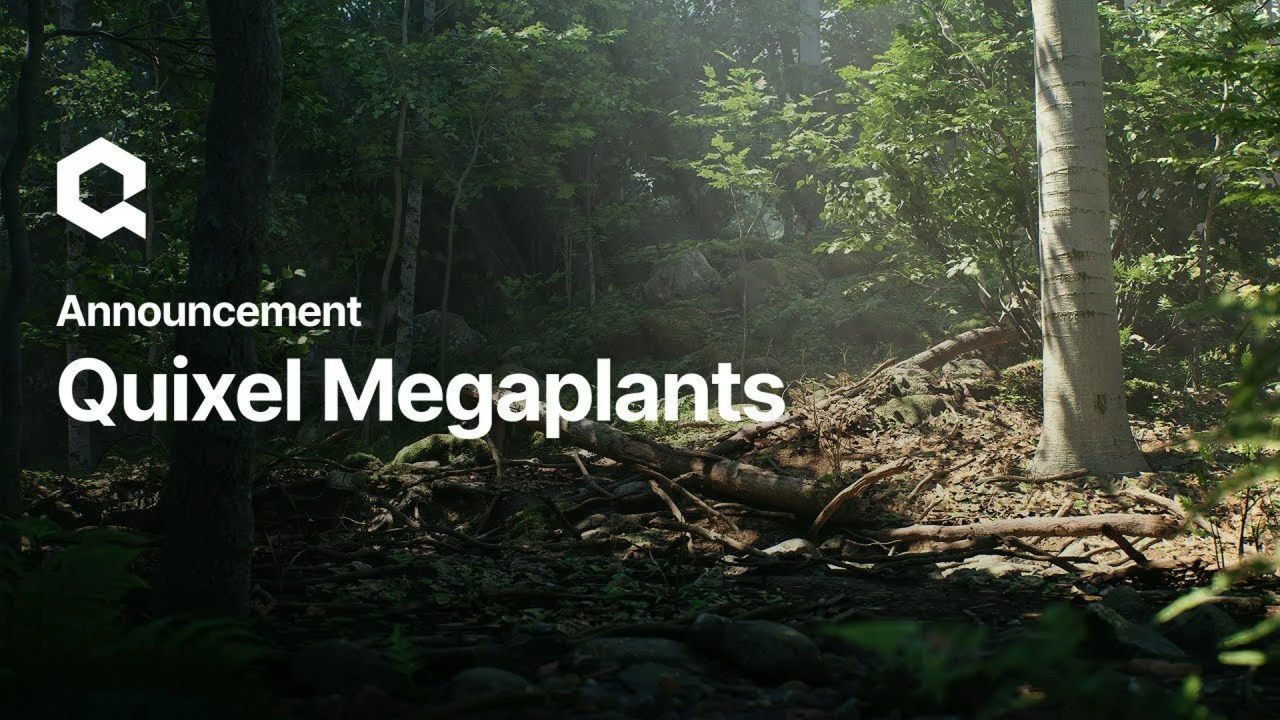Dive into Lance Phan’s comprehensive World Blender 2025 tutorial series to master epic landscape creation in Blender. Learn to sculpt terrain, simulate erosion and snow, craft realistic materials, scatter ecosystems, and add atmospheric effects.
Are you ready to elevate your Blender skills and create stunning, realistic landscapes that truly come to life? Check out this incredible four-part tutorial series by the talented Lance Phan, showcasing his powerful World Blender 2025 add-on. This series guides you through every step of building an epic landscape from scratch, right inside Blender’s Geometry Node and Shader Node editors. Whether you’re a seasoned Blender user or looking to push your environmental art, Lance’s detailed workflow is a treasure trove of insights.
World Blender 2025 is available for purchase and download on Gumroad and Superhive Market. Let’s dive into the journey!
Part 1: Sculpting the Foundation and Simulating Nature
In the first installment, Lance introduces us to the core of World Blender 2025, demonstrating how to generate an initial landscape mesh using the Create Landscape node. He then walks us through sculpting majestic mountains with Chip Displacement and adding natural variation with Noise Displacement. You’ll learn how to carve out clear valley areas using a Bezier curve and the Mask from Curve node, before refining transitions with a Linear Gradient. The tutorial also covers adding intricate details with Distort Landscape and simulating realistic erosion using the Particle Erosion node. Finally, Lance shows how to implement dynamic snow simulation with the Hydro Simulation node, ensuring snow accumulates naturally at higher altitudes. It’s a comprehensive start to building your digital world!
Part 2: Bringing Surfaces to Life with Materials
With the landscape sculpted and simulations baked, Part 2 shifts focus to material creation. Lance guides us through replacing the default shader with a Quick Rock shader, meticulously configuring its size, crack depth, and height scale. He then dives into the dirt shader, adjusting detail size and colors to minimize green grass and achieve realistic dirt tones, enhancing realism with sheen weight and color. The magic happens when blending these elements using the Landscape Data node’s dirt channel, refined with a Map Range node. Crucially, Lance demonstrates how to use a Select Slope Threshold node with a “custom normal” input to ensure dirt adheres naturally to upward-facing surfaces. The snow channel is then incorporated, using procedural details and height thresholds, further enhanced by the “flow 2” attribute for a truly impressive snow layer. These initial material settings are key to a believable environment.
Part 3: Populating Your World with Ecosystems
In the third part, Lance tackles the crucial step of scattering trees, grass, and rocks to populate the landscape realistically. He begins with essential camera setup for optimal composition and performance. For tree scattering, he utilizes the quick tree scatter node, conditioning growth based on dirt, slope, and flow, and implementing camera culling for efficient rendering. A Bezier curve is employed to create a “tree clearance valley” for camera placement. Grass scattering follows a similar approach, dramatically increasing density and adjusting scale to ensure ground coverage, again with camera culling for performance. Finally, rocks are scattered using the generic scatter objects node. Lance demonstrates a clever technique to achieve natural clumping, where smaller rocks gather around larger ones, using geometry proximity. Throughout this section, viewport optimization with “display as bound” is emphasized to maintain smooth interaction.
Part 4: Adding Atmosphere with Fog and Clouds
The final installment brings the landscape to life with environmental fog and clouds. Lance walks us through creating a large cube for fog, assigning a Volume Scatter material, and controlling density based on altitude using Texture Coordinate and Map Range nodes. He optimizes rendering by adjusting light path settings. Duplicating the fog cube, he then creates realistic clouds using a Cloud Shader, meticulously setting altitude and height. A clever trick involves creating an extruded plane to cast fake shadows, preventing the sun from being visible where there are no clouds outside the camera’s view. After a test render, Lance shares his off-screen tweaks to refine the sky, fog density, cloud appearance, and add a dramatic spotlight, culminating in a stunning raw render ready for post-processing.
Lance Phan’s tutorial series is an invaluable resource for anyone looking to master procedural landscape generation in Blender. His World Blender 2025 add-on streamlines complex processes, allowing you to focus on artistic vision. We highly recommend exploring his other products and tutorials on his Superhive Market creator store and Gumroad store. Happy creating!
For more inspiration and guides on crafting immersive digital worlds, be sure to check out our extensive Blender Environments section. If you’re interested in the underlying physics and simulations that bring these scenes to life, dive into our Blender VFX & Simulation articles. And to truly perfect the look of your terrain, explore our tips on Blender Texturing & Shading.
Sources:
Creating Epic Landscape in Blender – Part 1
Creating Epic Landscape in Blender – Part 2
Creating Epic Landscape in Blender – Part 3
Creating Epic Landscape in Blender – Part 4



